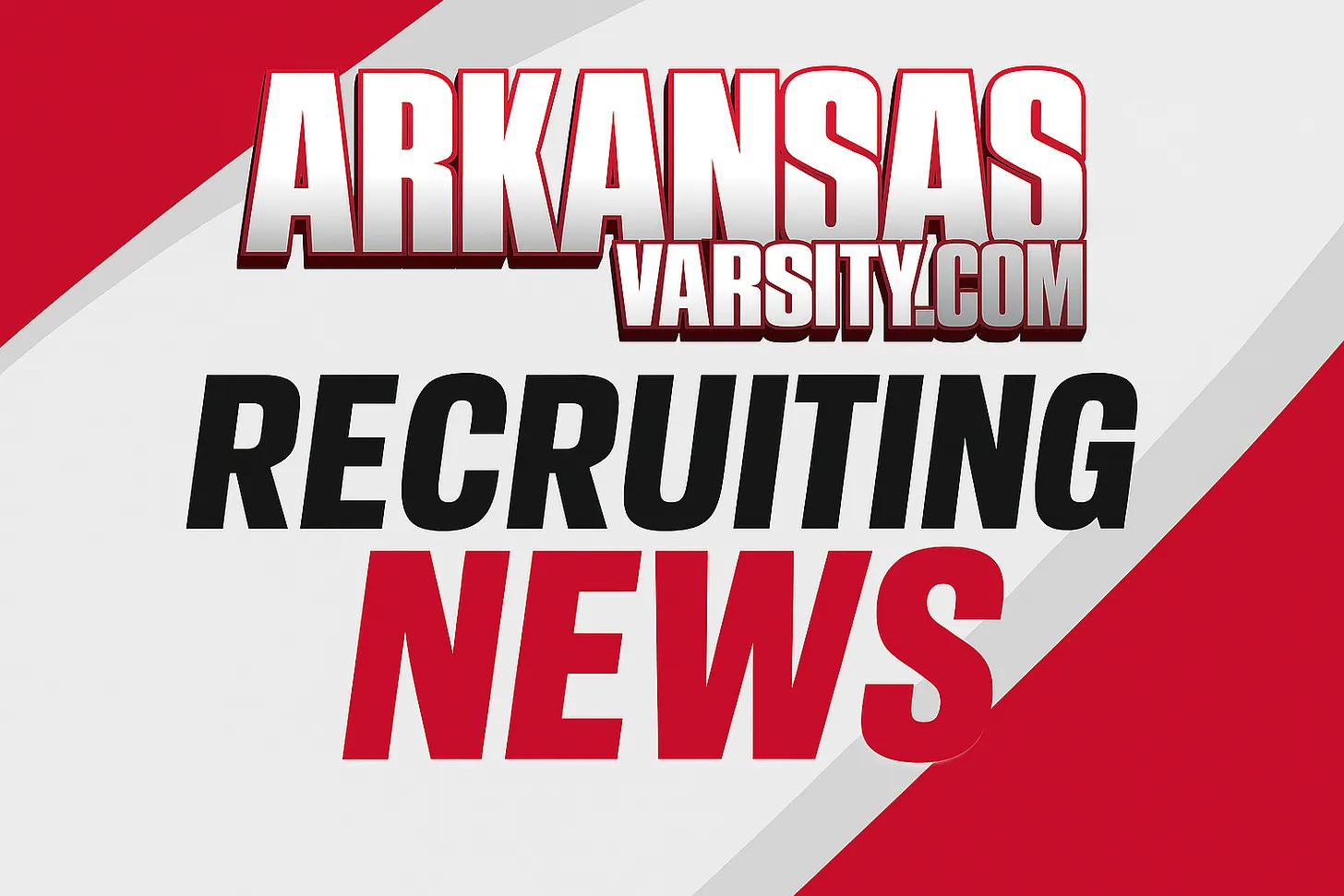Major NCAA Changes Set to Reshape College Baseball Recruiting
The NCAA is preparing to roll out significant changes to baseball recruiting and scholarship rules beginning with the 2025–2026 season—changes that are expected to fundamentally alter the college baseball landscape.
These updates aim to streamline team operations, enhance financial support for student-athletes, and bring recruiting into alignment with modern Name, Image, and Likeness (NIL) practices.
However, the ripple effects will reach far beyond the Division I level, particularly impacting how high school players approach their path to college baseball.
Key Changes and Their Implications
1. Roster Cap Reduction
Perhaps the most immediately impactful change is the reduction of maximum roster size from 40 to 34 players. While intended to improve program efficiency and manageability, this move will eliminate an estimated 1,800 roster spots across Division I programs. The result? Increased pressure on coaching staffs to make tough roster decisions and fewer opportunities for incoming freshmen and walk-ons. This shift may disrupt team chemistry, limit player development, and narrow the path for marginal recruits hoping to prove themselves.
2. Increased Scholarship Limit
In a more athlete-friendly move, the NCAA will raise the number of full scholarships available per team from 11.7 to 34. This long-awaited change promises to significantly ease the financial burden on student-athletes and provide programs with the means to better attract and retain top talent. However, it's important to note that the actual number of scholarships awarded will still depend on each school’s budgetary priorities and resources. While this is a win for many, not all programs will be able to fully capitalize on the increase.
3. Eased NIL Restrictions
For the first time, prospective student-athletes will be permitted to engage in NIL (Name, Image, and Likeness) discussions during the recruiting process—even before officially committing to a program. This opens up a host of new financial opportunities for high school athletes, allowing them to begin building their personal brand earlier and factor NIL deals into their college decisions.
What This Means for High School Athletes
With fewer roster spots and more competitive recruiting environments, high school athletes will need to stand out more than ever. The days of walking on and earning a spot over time may be fewer and farther between. Strategic planning, early exposure, and a realistic understanding of the new college baseball landscape will be essential.
As a result of these changes, fewer high school players are expected to sign with Division I programs straight out of high school. Instead, we are likely to see an increase in commitments to Division II, Division III, NAIA, and JUCO programs—pathways that may now offer clearer opportunities for playing time and development.
A New Era for College Baseball
These NCAA reforms are poised to create a more competitive yet financially supportive environment for college baseball players. While the long-term goal is to improve the collegiate experience, the immediate impact will be felt most acutely by high school athletes and their families navigating a shifting recruiting landscape.
Ultimately, the changes mark a new chapter in college baseball—one where performance, preparation, and adaptability will define success more than ever before.



